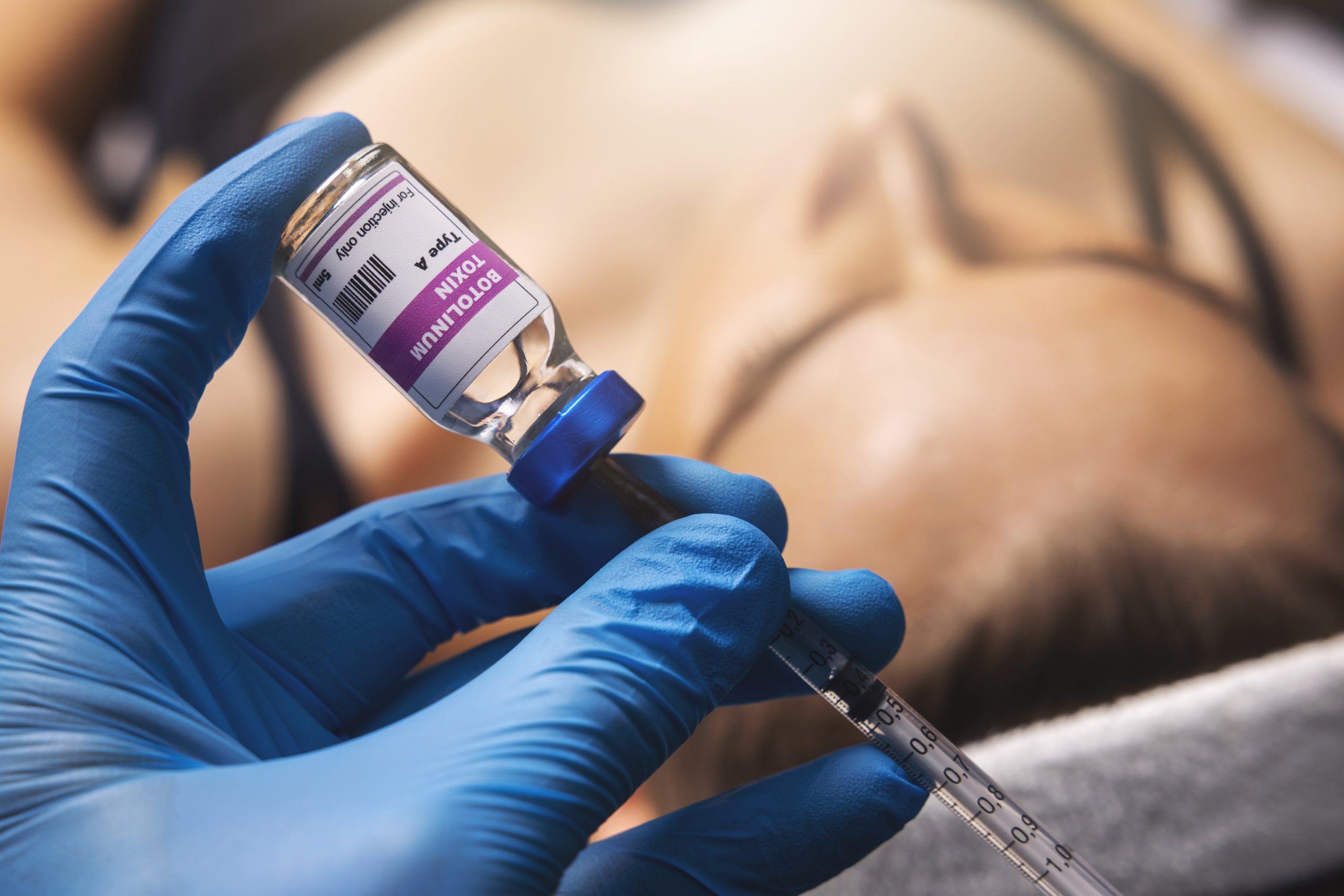Aspirating a needle refers to the process of pulling back the plunger of a syringe after the needle is inserted into the body, typically to ensure that the needle is not in a blood vessel or to check for the presence of blood or other fluids before injecting medication or drawing a sample.
Why Aspirate a Needle?
The purpose of aspiration is primarily to make sure that the needle is not in a blood vessel (artery or vein) when administering an injection, especially for certain injections (like intramuscular injections). If blood is drawn into the syringe (called a positive aspiration), it means the needle is likely in a blood vessel, and the injection should be repositioned to avoid injecting into the blood vessel.
For example:
- Intramuscular injections (IM): For many injections into muscle, the needle is aspirated to check that the needle isn’t in a vein or artery.
- Subcutaneous injections (SC): While aspiration is generally not required for subcutaneous injections, it might still be done in some cases to ensure the needle is not in a blood vessel.
- Other types of injections or aspirations (like drawing fluid from a cyst): Aspiration can also refer to pulling back to confirm the type of material (like fluid or blood) being withdrawn.
When Is Aspiration Done?
- Injections: Before administering certain injections (especially in deep muscle or when injecting in areas with a higher concentration of blood vessels).
How Aspiration Works
- After inserting the needle into the target area (muscle, vein, joint, etc.), the practitioner will pull back the syringe plunger.
- If the needle is in a blood vessel, the syringe will fill with blood (a positive aspiration).
- If no blood enters the syringe, then the needle is not in a blood vessel (a negative aspiration), and the injection can proceed safely.
Is Aspiration Always Necessary?
- Not always. In some cases, like certain subcutaneous injections (e.g., insulin), aspiration is not required because the risk of hitting a blood vessel is minimal.
- Aspiration is more commonly required for intramuscular and intravenous injections to ensure safety during the procedure.
In short, aspirating a needle is a safety step used to confirm proper placement before administering an injection or withdrawing fluid, helping to avoid complications like injecting into a blood vessel.
